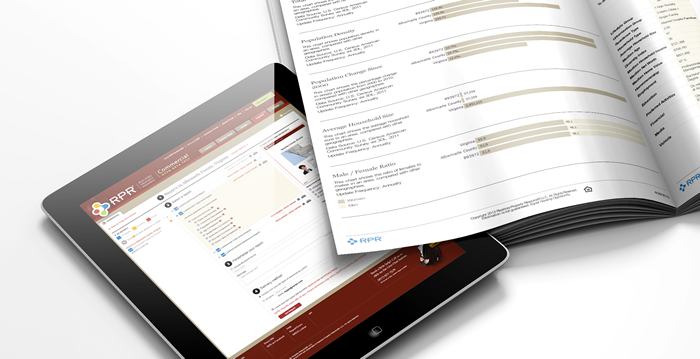You are viewing our site as an Agent, Switch Your View:
Agent | Broker Reset Filters to Default Back to ListAchieving Success With RPR® Commercial
October 16 2014
 "Value" is a term we've heard often in our series of case studies on real estate success and Realtors Property Resource® (RPR). In our last article, we learned how Portland-based Regional Multiple Listing Services (RMLS) brings value to their members by integrating RPR data into their proprietary MLS system.
"Value" is a term we've heard often in our series of case studies on real estate success and Realtors Property Resource® (RPR). In our last article, we learned how Portland-based Regional Multiple Listing Services (RMLS) brings value to their members by integrating RPR data into their proprietary MLS system.
Today, we're moving from the Pacific Northwest to Louisiana to learn how RPR adds value to commercial side of real estate. There, the Louisiana Commercial Database (LACDB) is the Commercial Information Exchange (CIE) that provides listing information on commercial properties for sale, exchange, and lease to the entire state.
In 2013, LACDB integrated RPR and ESRI Tapestry consumer segmentation data to assist its members in site selection and the marketing of commercial real estate.
"The integration with RPR gives us the ability to do really creative searches that we wouldn't be able to do with our database alone," says Ken Damann, Director of Information Technology for LACDB. "We're able to do searches to find properties that aren't in the CIE using RPR's psychographic and demographic fields and then cross-reference that data with our inventory."
Damann cites RPR's "integrated public records and access to tapestry data" as two top reasons that LACDB decided to partner with RPR. But the most compelling reason is how RPR gives Realtors access to data that's only available to NAR members. "It really enhances the value proposition of Realtors versus non-Realtors," he says.
Hands-On With RPR® Commercial
Beth Cristina is one Realtor who finds value in RPR's proprietary data in her work as a commercial associate broker in New Orleans. "The maps and In-Depth Analysis tool are my favorite features," she says.
She runs us through an example of how she uses RPR in her day-to-day activities. "Let's say that someone's looking for an office building to purchase in a certain area. I usually run my search in LACDB, but then I'll jump over to these two sections of RPR and run all the demographics from that site. It'll show the restaurants, what type of restaurants--and that's important, especially if I have a client that wants to be in a certain area surrounded by restaurants. Then it will show the demographics, it'll show drugstores, industrial warehousing. And, of course, it shows the average family size, which is something I really like to have." Cristina appreciates the level of demographic detail that RPR offers. "It even shows preferences for beer vs. wine, chicken vs. beef--that's pretty amazing," she says.
 Research is only one part of Cristina's use of RPR; just as important is sharing the information gleaned from the site with clients. For Cristina, a typical report usually runs about 5-6 pages and includes a cover page, trade report, and commercial business report. She can create a report in 30 to 60 minutes, depending on an individual client's needs. "I like how the reports look and how they print out and that I have different choices," she says. "The reports are very legible and client-friendly."
Research is only one part of Cristina's use of RPR; just as important is sharing the information gleaned from the site with clients. For Cristina, a typical report usually runs about 5-6 pages and includes a cover page, trade report, and commercial business report. She can create a report in 30 to 60 minutes, depending on an individual client's needs. "I like how the reports look and how they print out and that I have different choices," she says. "The reports are very legible and client-friendly."
The reports are also very visual, and that's something Cristina finds especially useful with out-of-town clients. "They can see where metropolitan New Orleans is and they can see everything on a map. Maps say it all, to me," she says. "For example, I just used a report with a client from Houston that had a map and everything I could possibly put in there, including the summary, photos, and aerial pictures."
So how did her client react to the report? "He said he had never seen anything like it before and he wanted to know where it came from. I told him it was a secret and I wouldn't tell him."
For More Information
- See Commercial Real Estate Success, Courtesy of RPR®
- See Beyond Residential: Commercial Agents Can Use RPR, Too!
- Learn more about RPR Commercial in our Product Directory









